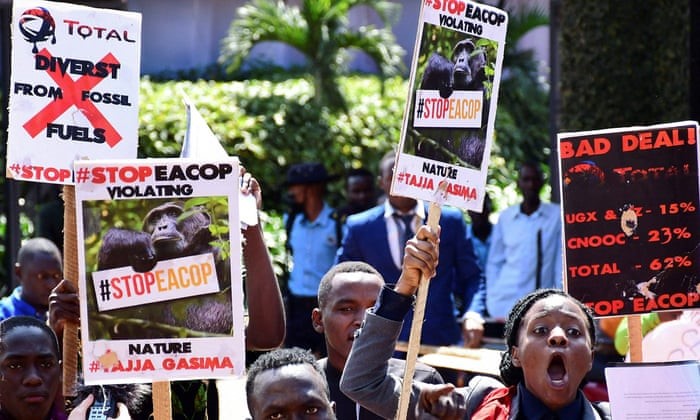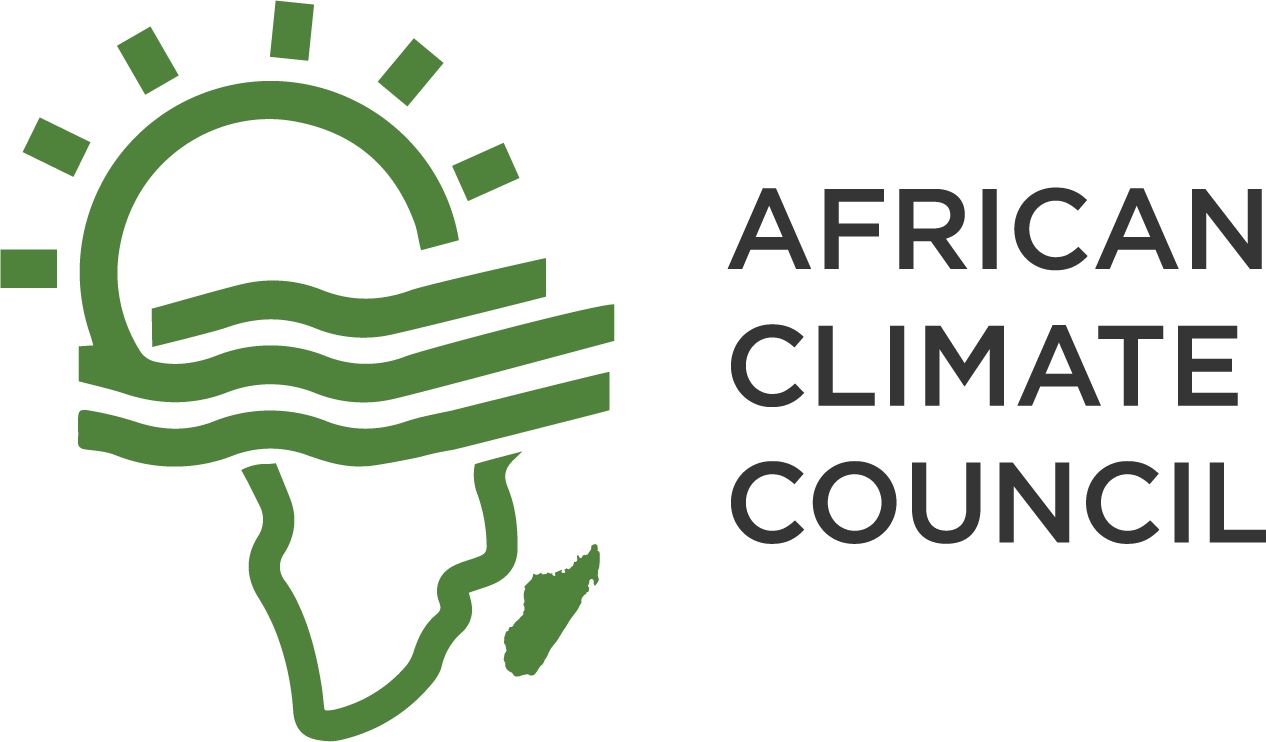
According to a finance risk update report released this April, the East African Crude Oil Pipeline (EACOP) is again making headlines. Matters get sensitive regarding the pipeline’s potential environmental, social, and economic effects.
Environmental impact is one of the main risk factors connected with the EACOP pipeline. The 1,443 km line will cross several protected areas, including the Murchison Falls National Park, home to several endangered species. Different Environmental groups have raised such concerns, mentioning the risk of oil spills, which could have devastating effects on the ecosystem. The project might also worsen climate change by boosting fossil fuel production and consumption.
The pipeline is also expected to displace thousands of people from their homes and disrupt their traditional livelihoods, such as fishing and agriculture. Human rights violations, including land grabs and forced evictions, are also in question. Moreover, the project could also lead to an influx of workers, which could strain local infrastructure and services.

While we expect the project to generate revenue for Uganda and Tanzania, there are concerns about the long-term sustainability of the oil industry. True to it, the world, including Africa as a front runner, is moving towards cleaner and more sustainable energy sources. The EACOP project could become a stranded asset, leaving Uganda and Tanzania governments with a massive debt burden.
In addition, there are alarms about the need for more transparency and accountability in the negotiations between the governments and the project’s developers. This could lead to the classic case of corruption and mismanagement.
The EACOP project is progressing despite these risks. Construction on the project is anticipated to start soon after the governments of Tanzania and Uganda signed agreements with Total’s developers. However, stakeholders must be vigilant and ensure that the project follows due process to limit its adverse effects and maximize its potential advantages.


Add a Comment